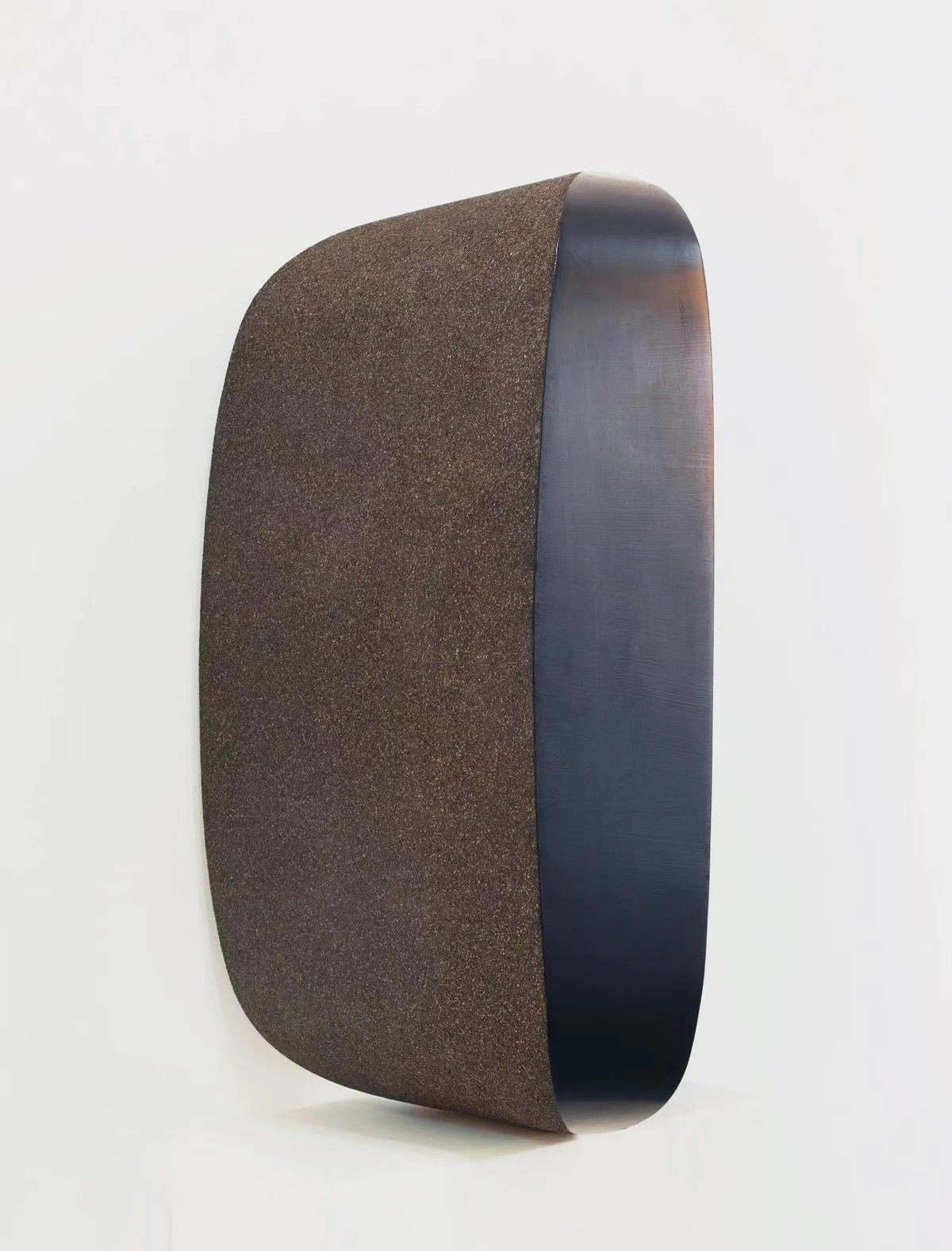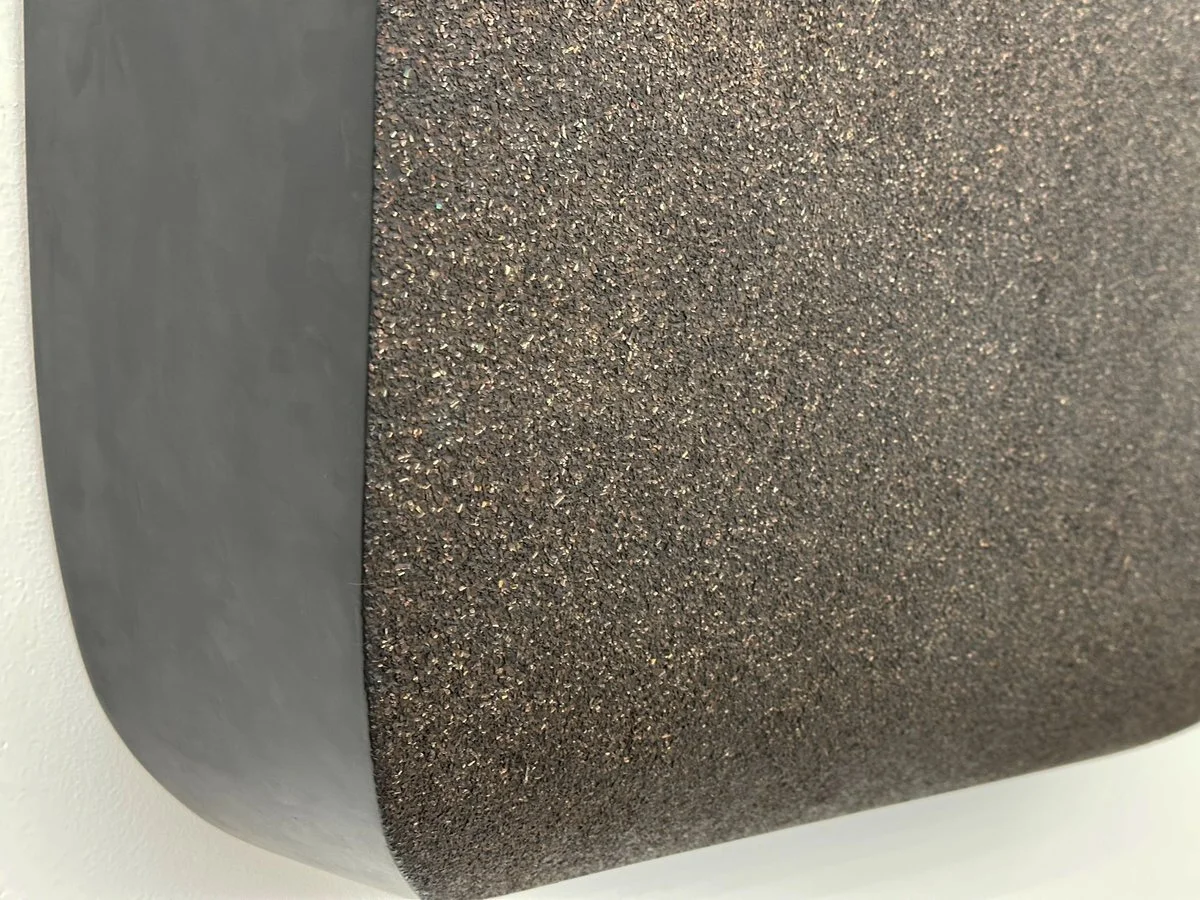About the artist
ZHONG SHENG
Zhong Sheng, born in Anshan, China in 1971, is one of the most quietly radical voices in contemporary lacquer art. He graduated from the Central Academy of Arts and Crafts in Beijing, then earned a Master’s degree from Pai Chai University in Korea. Today, he serves as professor and head of the Department of Arts and Crafts at Beijing University of Technology, where he continues to shape the next generation of artists.
Zhong’s work explores the space between tradition and transformation. Drawing from the ancestral techniques of East Asian lacquer, he merges raw materials—such as lacquer, linen, ash, and mother-of-pearl—into sculptural forms that feel both grounded and ethereal.
His process is slow, layered, and meditative. Each piece is shaped through repetitive gestures that demand time, attention, and a deep awareness of the material. The result is not decorative, but contemplative—offering a quiet, immersive experience to the viewer.
In series like Clouds and Mists and Red River, Zhong explores tensions between monumentality and fragility, between permanence and impermanence. His works reflect not just form, but a state of being.
As both artist and educator, Zhong Sheng belongs to a generation redefining lacquer not as ornament, but as language—a vehicle for silence, spirit, and presence in contemporary Chinese art.
“Lacquer is not to be controlled, but to be accompanied.”
— ZHONG SHENG
Lacquer art, with origins in ancient China, is a nearly forgotten tradition. Some of the earliest lacquerware pieces date back to the Warring States period (403–221 B.C.). Over time, the craft spread to Japan, Korea, and other parts of Southeast Asia. Today, both the delicate handmade objects and the intricate techniques of working with natural lacquer deserve to be protected and celebrated.











